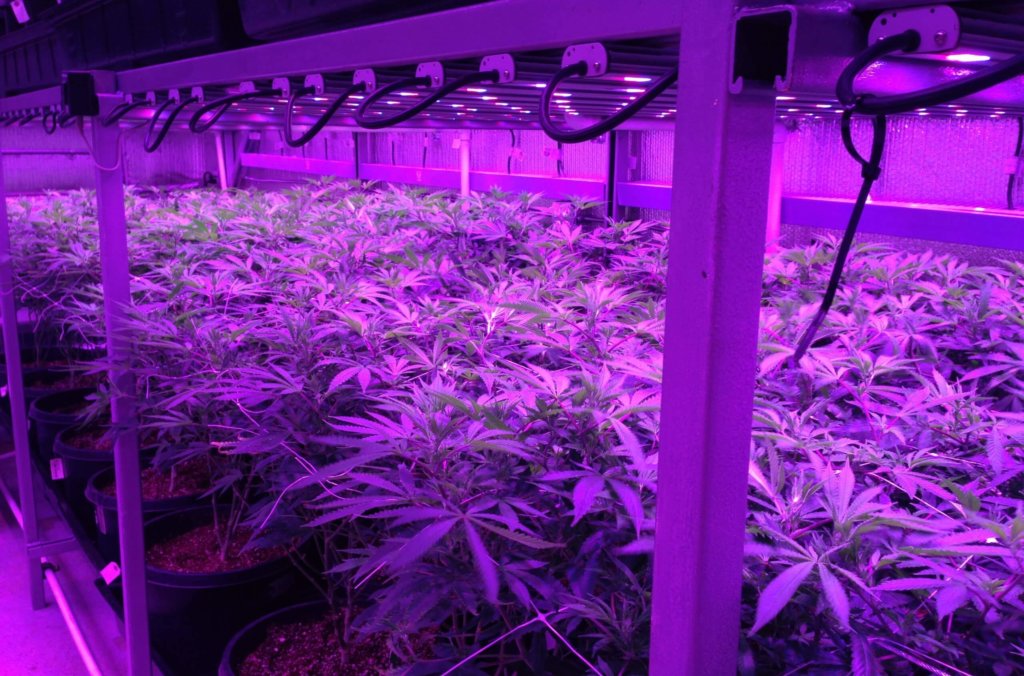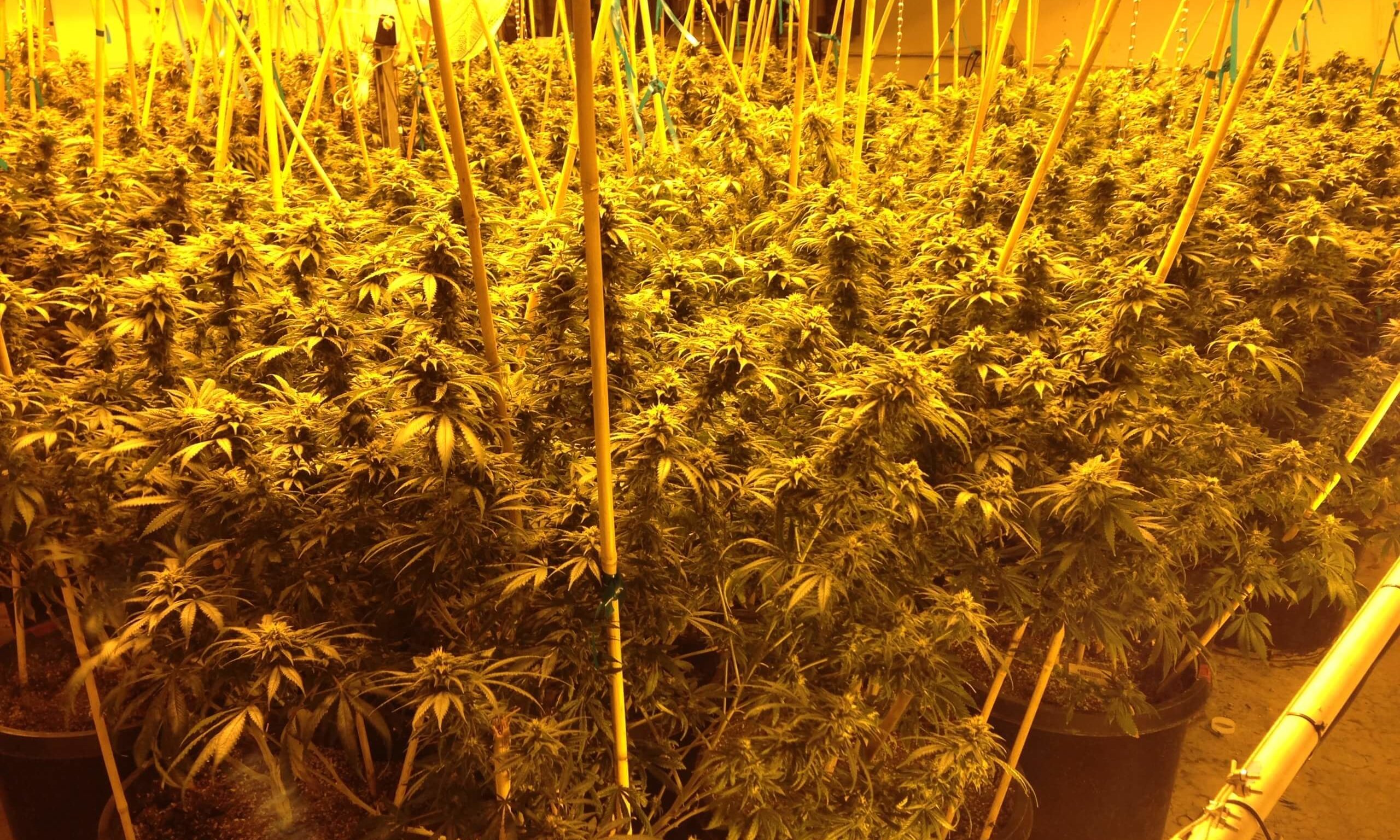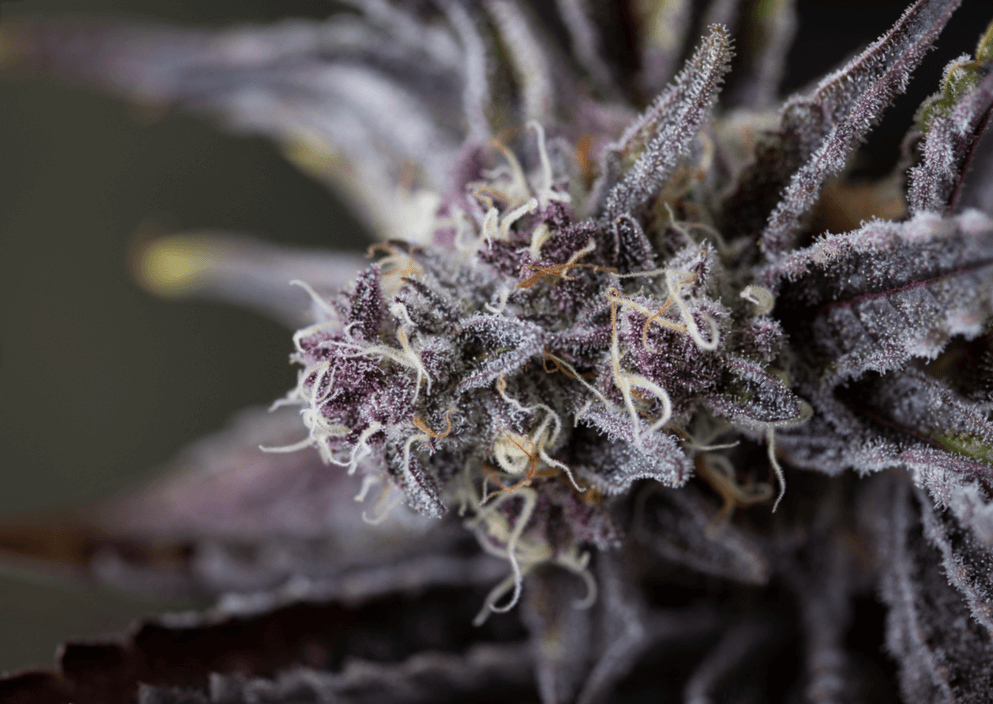There are two types of stress: good and bad. For humans, good stress causes us to work harder to achieve positive results. For example, we can experience positive stress if we build muscle after an intense workout, or if we learn a new skill, or after a successful first date. Conversely, we may feel the effects of bad stress if, for example, we can’t afford to buy food, or if we feel overwhelmed at work, or if we experience something traumatic.
Cannabis responds to stress similarly. Good stress causes the plant to work harder to achieve a desirable goal (larger buds anyone?). Bad stress, however, is counterproductive to growth and could ultimately kill the plant. As such, when growing cannabis in a commercial setting, it is important for you to maximize the use of good stress and minimize the introduction of bad stress.
Bad Stress to Avoid
Some plant stressors inhibit the plant’s ability to absorb light for photosynthesis, constrain appropriate amounts of leaf transpiration, increase susceptibility to pest/disease, and can potentially cause the plants to develop genetic abnormalities (hermaphroditism); all of which could devastate an entire flower crop.
Light Stress
When flowering, cannabis plants are very susceptible to stress from interruptions in the light cycle. Even a red indicator light on a camera can cause plants to hermaphrodite. As such, it is crucial to maintain complete darkness during the entire lights-off cycle. Because it is typically required to have cameras in every room of the grow, look for cameras and other emergency lights that have green indicator lights instead of red, and then securely cover the light with a piece of electrical tape. The photoperiod of cannabis plants is largely unaffected by low intensity green light, making it the better choice of light source for dark cycle work lights and indicators.

Now, don’t mistake the previous statement as “Cannabis plants don’t use green light for photosynthesis”, as they very much do. However, there are different chemical processes within the plant that are at play when it comes to photoperiodism. If work must be completed during the lights off cycle, use a low power green LED for a light source only. When no work is being completed in the flower room, the room should be completely dark and tested regularly to verify that no new light leaks have developed.
Temperature
Within the conventional indoor grow environment, heat is typically more of a negative stressor to cannabis plants than cold. Cannabis plants grown indoors aren’t usually exposed to temperatures below 50°F, so stresses seen from plants getting too cold is an uncommon event. However, when ambient conditions are taken above 85°F, the plant starts to alter its growth pattern to accommodate for a higher rate of transpiration in order to keep the plant cool. This altered growth puts more energy into growing more plant stem, ultimately resulting in a lanky plant without the desired flower mass yield and essential oil production.
At extremely high temperatures, photosynthesis can cease entirely, and maturation of the crop will certainly be delayed. Keeping the temperature and humidity of the room at an appropriate level throughout the day is crucial to maintaining an efficient grow.
Good Stress to Take Advantage Of
There are a variety of good types of stress that you can introduce throughout the growing cycle. Exposing cannabis plants to good stress will result in robust plants that are more likely to produce more resin and larger buds. The best plants are the ones that can not only survive doses of good stress, but can actually thrive on it.
1. Grow Room Air Circulation
Using air circulation is the most common way of stressing plants that most people already incorporate in their room for other reasons. By using an oscillating fan to keep young plants moving with forced air, you are actually constantly providing small stresses to the stem of the plant which help the stem become thick and robust more quickly than if forced air is not used.
2. Plant Training
Plant training is the process of managing plant growth through the use of various levels of applied stresses in order to manipulate the plant shape and size to your liking. These stressors alter growth by changing the plants’ nutrient distribution pathways, modulating metabolic rates, and by physically spreading the plant out laterally, making it easier to maintain an even canopy. There are several ways of achieving this end. Some may seem extreme, however, they’re worth experimenting with if you haven’t already.

Low-Stress-Training (LST): Low-stress-training is the practice of using small amounts of constant force to encourage plant branch growth in the direction you want while opening up lower nodes to higher light intensity. Applying this stress throughout the vegetative growth phase will provide thick stem growth, which will produce additional nutrient/water delivery capabilities during flowering. This technique is good for increasing yield per plant while keeping the overall plant height to a minimum. ScrOG (Screen of Green) trellising, tomato cages, and using bamboo stakes (sticking-and-spreading) are all great methods of applying this type of gentle stress.
Super-cropping: Break your plants! While this may sound extreme, if done correctly it may increase your yield. Super-cropping is the method of taking growth that is too tall for the grower’s liking and bending it in the desired direction of growth until the stem’s internal structure breaks. The intent is to break the inner fibers while leaving the outer structure free from damage.
After a few days, you’ll notice a knuckle forming at the bend; this is a good thing as it’s a sign of healing and can help strengthen the stem. This process is similar to the way we build muscle in which our bodies work to repair damaged muscle fibers. By damaging the plant, you are triggering its defense mechanism and promoting increased nutrient uptake as it works to repair the damage. This stress increases the plant’s ability to deliver nutrients to the top nodes on that branch, while opening the lower branches to more light.
Topping: Topping is the most common plant control technique used in commercial cannabis gardening. This process involves clipping off the very top shoot from the topmost plant branch(es). In doing this, the top node splits from one shoot, into two. This can be done multiple times through the vegetative growth phase as needed to maintain the desired canopy height. For some cannabis strains, this technique will produce a nice bushy structure providing a higher yield potential per plant. This technique should be used during vegetative growth only and is not appropriate to use during flower growth.
Lollipopping: Lollipopping is another way of directing plant hormones to the branches or nodes of interest through defoliation. In this technique, undergrowth is periodically striped away with the intention of pushing robust new growth to the top of the branches. Much like the above techniques, during vegetative growth, this practice will allow you to direct growth in the direction of your choosing by stretching branches into the desired position on the canopy.
During flowering, this technique is used to discourage “popcorn buds” – small underdeveloped flowers that are typically not marketable for flower sales – by directing growth to the top cola on each branch. It’s recommended to take advantage of this technique before placing the plant into a flowering state, and between 2-3 weeks after the 12/12 photoperiod has been applied depending on the genetics of the plant.
3. Cold Temperatures
While it may seem like a bad idea to allow cannabis plants to get cold given their ideal growing climate, during the last two weeks of the flower cycle, it can actually be beneficial to allow the room to cool down to between 50℉ and 60℉ at night. A sequence of warm days (lights on) and cool nights (lights off) towards the end of growth mimics the natural growth cycle of cannabis plants – many cannabis genetics naturally flower in the colder months.
Running colder temperatures boosts the plants metabolic system resulting in more resin production and a larger range of aesthetically appealing flower colors. The pronounced purple pistols you see on your Instagram feed are a result of cool nights at the end of a flower cycle combined with the plants’ genetic predisposition for producing purple colors.

It’s important to note, however, that it can become difficult to control humidity at low temperatures, so make sure you discuss this with your mechanical engineer if you try it.
4. Drought
Drought stress is another method that is commonly used to encourage accelerated growth rates. If applied correctly, simulating a drought causes plants to react by increasing root growth rates as it prepares for supply shortages while at the same time increasing the levels of available oxygen to the root zone. Advanced growers are able to push their plants’ growth much harder using this method.
However, be careful if you attempt this method. Too much of this stress can easily escalate into bad stress. You don’t want to see wilting plants or have the plants develop an embolism while you’re in the middle of a flowering program. Implement this in your test room so that you can become comfortable with this technique on the small scale prior to attempting to incorporate it into a commercial cannabis production process.
Don’t Stress Over Your Climate
As you can see, applied stresses can affect the plant in many ways; both good and bad. It’s up to the grower to know how to take advantage of them when it makes sense while constantly keeping negative stressors at bay. If used properly, the above methods will help you increase your facility’s yield per square foot.
Luckily, you don’t need to become an engineer in order to feel confident in your grow climate. Our team of indoor agriculture experts have the knowledge and experience you need to design an environment that will protect your plants from harmful temperature and humidity stressors. Contact us today to connect with an expert.

